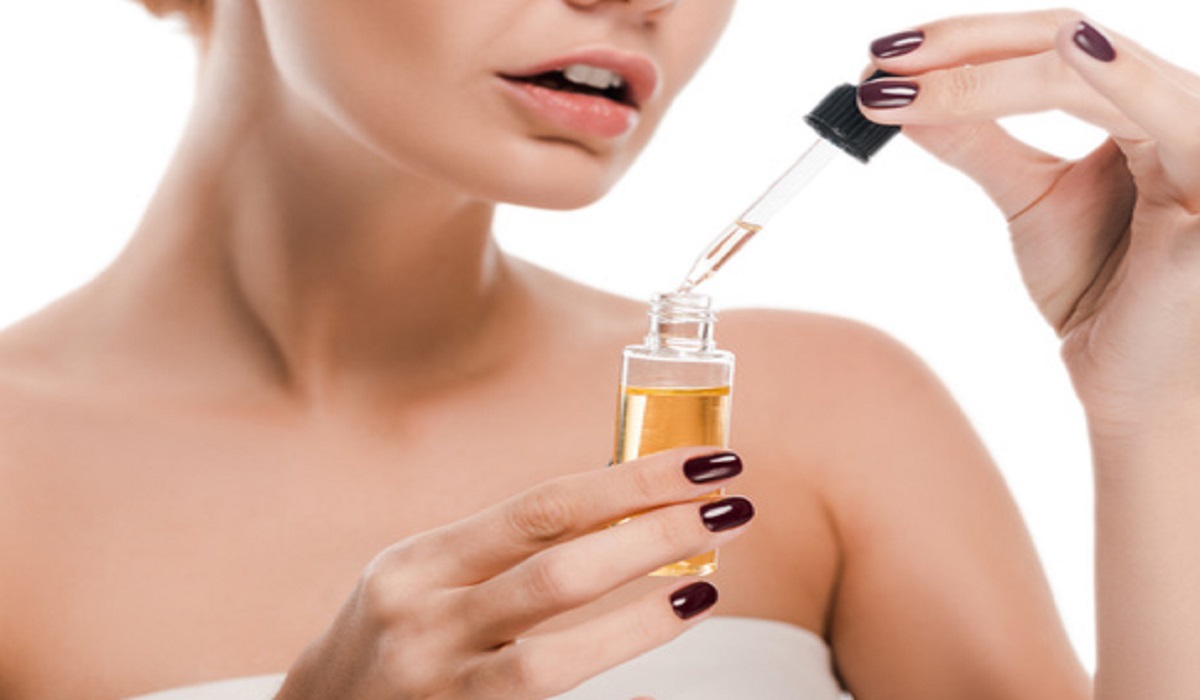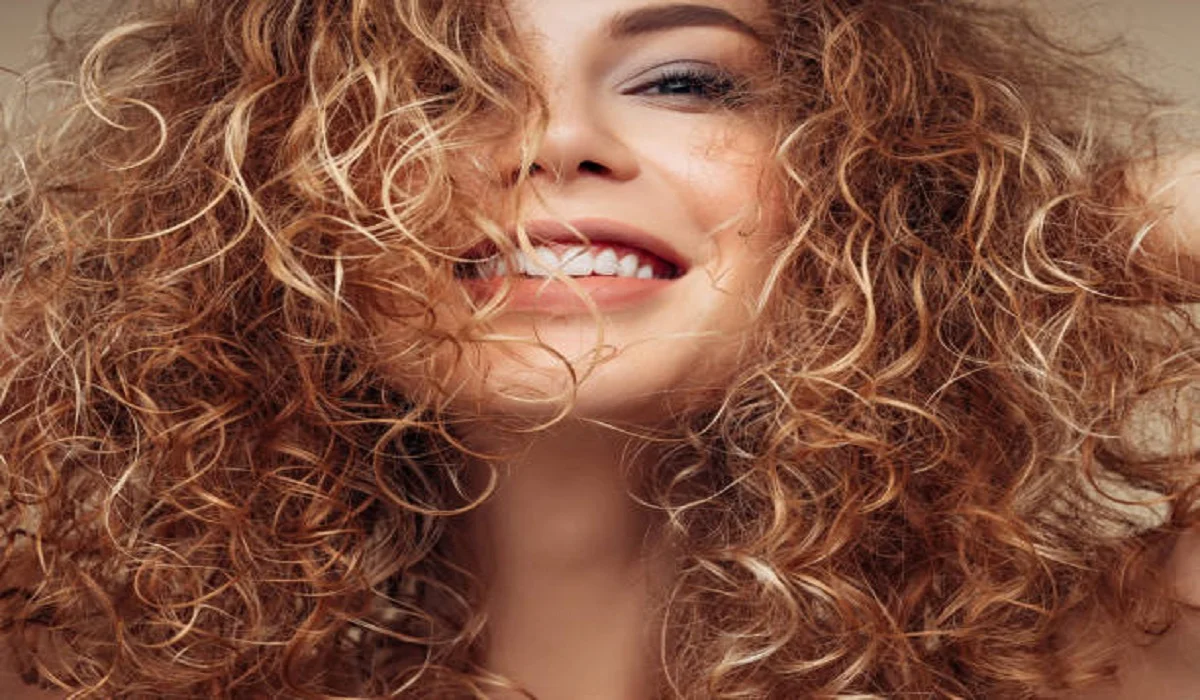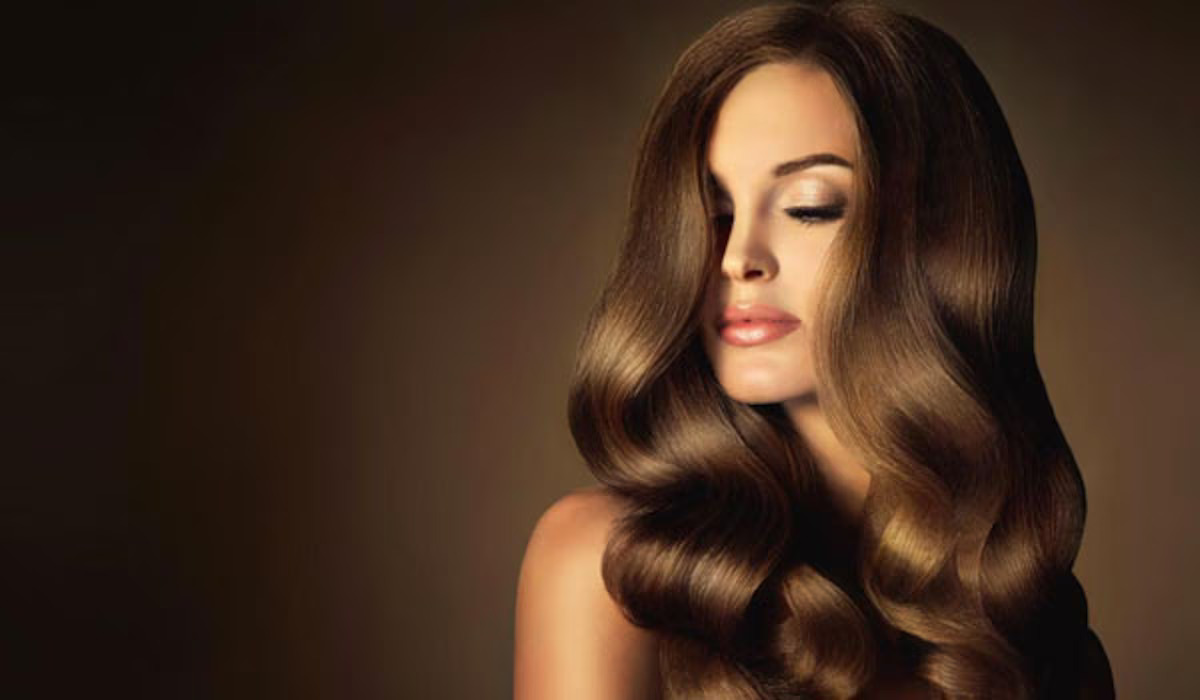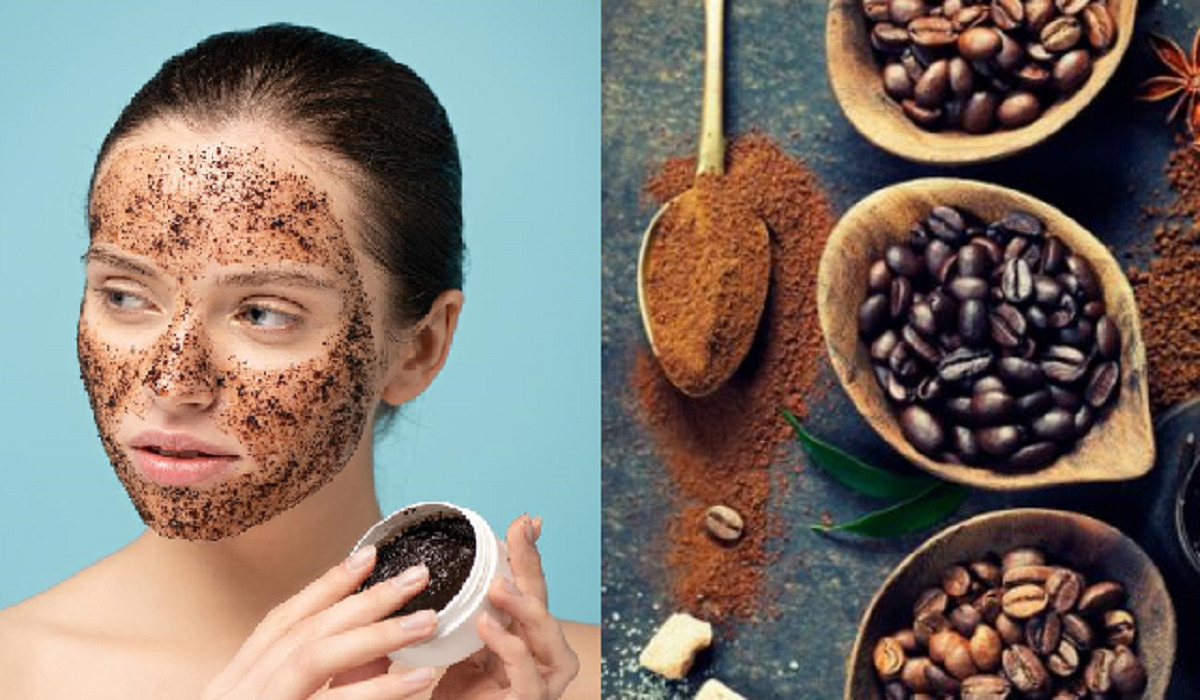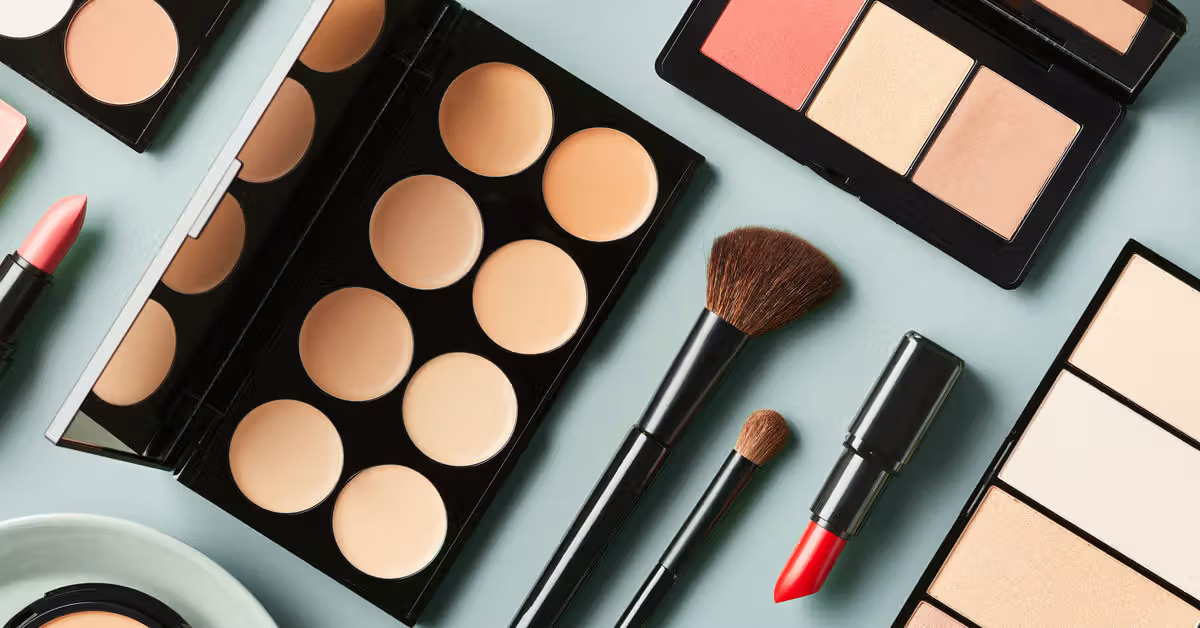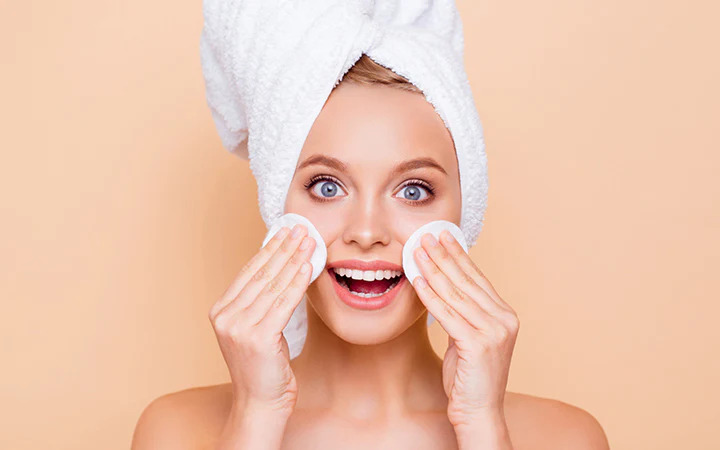
Crimping is a fundamental technique used across various industries and DIY projects to create secure and reliable connections between wires, cables, or components. Whether you’re working with electronics, automotive repairs, or crafting jewelry, understanding how to use a crimper correctly is essential to ensure the integrity and longevity of your connections. This comprehensive guide will walk you through the step-by-step process of using a crimper effectively, along with essential tips and best practices.
Understanding Crimping
Crimping is the process of mechanically compressing a connector or terminal onto a wire to establish a secure electrical connection or physical attachment. This technique ensures a strong bond that resists vibrations, corrosion, and other environmental factors. Crimping is commonly used in applications such as electrical wiring, network cables, automotive wiring harnesses, and more. Using the right tools and techniques is crucial to achieving consistent and reliable results.
Selecting the Right Crimper
Before you begin, it’s vital to choose the right crimper for your specific application. There are various types of crimpers available, each designed for different connectors and wire sizes. Common types of crimpers include:
Wire Crimpers: Used for electrical connections and available in various sizes to accommodate different wire gauges.
Coaxial Cable Crimpers: Designed for attaching connectors to coaxial cables, commonly used in telecommunications and audio/video installations.
Terminal Crimpers: Used to secure terminals onto wires, often found in automotive and industrial applications.
Modular Crimpers: Specifically designed for Ethernet cables and connectors, ensuring accurate terminations in networking projects.
Step-by-Step Guide to Proper Crimping
Follow these steps to ensure you’re using a crimper correctly:
Prepare the Wire: Strip the insulation off the wire end to expose the bare conductor. The length of exposed wire should match the length of the connector’s barrel or terminal.
Prepare the Connector: Insert the stripped wire end into the appropriate terminal or connector. Make sure the wire fits snugly, without any excess sticking out.
Position the Crimper: Place the connector and wire into the appropriate slot or cavity of the crimper. Ensure that the connector is properly aligned with the crimping jaws.
Apply Pressure: Squeeze the crimper’s handles firmly and evenly. The tool’s jaws will compress the connector, creating a strong and secure connection. Avoid using excessive force, as it could deform or damage the connector.
Inspect the Crimp: After crimping, inspect the connection visually. The crimped terminal should tightly grip the wire without any gaps. Ensure that the wire is properly crimped and that the insulation is not damaged.
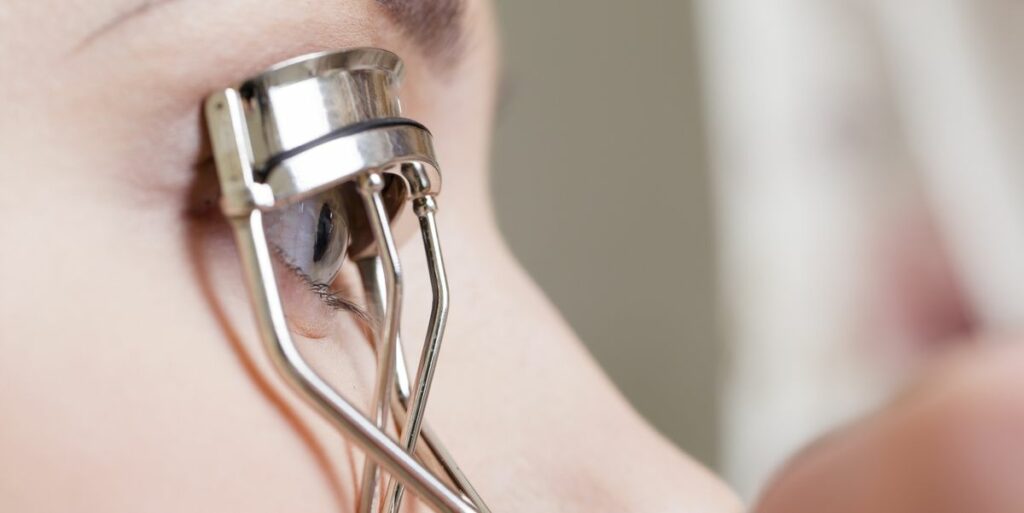
Tips for Successful Crimping
Use High-Quality Connectors: Invest in reliable connectors and terminals from reputable manufacturers. Quality components are essential for achieving long-lasting and reliable connections.
Choose the Right Wire Size: Match the wire gauge with the appropriate terminal size. Using undersized or oversized connectors can result in poor connections and potential safety hazards.
Practice Proper Technique: Maintain steady pressure while crimping, and avoid jerky or uneven movements. Consistent pressure ensures a uniform and secure connection.
Perform a Pull Test: After crimping, perform a gentle tug on the wire to ensure it’s securely attached to the connector. If the wire easily detaches, the crimp wasn’t successful.
Follow Manufacturer Guidelines: Different connectors and crimpers may have specific instructions provided by the manufacturer. Always refer to these guidelines for optimal results.
Calibration and Maintenance: Periodically check and calibrate your crimper if necessary. Keep the tool clean and lubricated to ensure smooth operation.
Common Mistakes to Avoid
Overcrimping or Undercrimping: Applying too much or too little pressure can lead to poor connections. Achieving the right balance is crucial.
Incorrect Wire Placement: Ensuring the wire is properly inserted into the connector before crimping is essential. Improper placement can result in weak connections.
Using the Wrong Crimper: Using the wrong type or size of crimper can damage the connectors and compromise the integrity of the connection.
Neglecting Strain Relief: When crimping connectors in applications with movement or stress, such as automotive wiring, use strain relief techniques to prevent wire fatigue.
Crimping is a versatile technique that empowers professionals and hobbyists to create secure connections in various applications. By following the steps outlined in this guide, selecting the right tools, and adhering to best practices, you can master the art of crimping. Whether you’re working on electronics, automotive repairs, or crafting projects, correct crimping ensures safety, reliability, and optimal performance in your connections.

